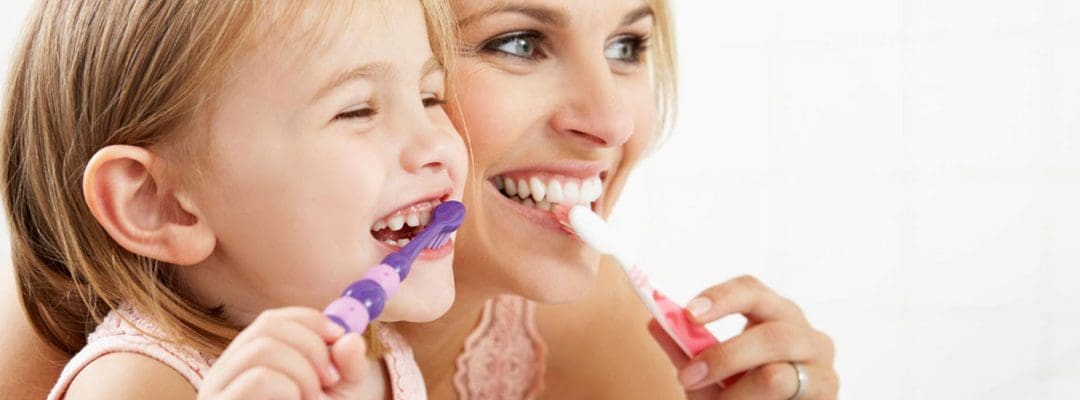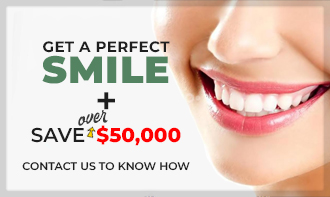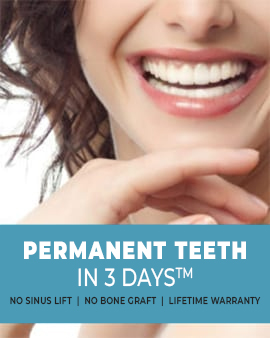When Good Intentions Damage Teeth
I see them every day in my practice – patients who are meticulously destroying their teeth with their toothbrushing habits. The well-meaning executive who scrubs his gums until they recede, the anxious mother who brushes five times daily with hard bristles, the fitness enthusiast who brushes immediately after her morning smoothie. They’re all caught in the toothbrushing paradox: the very activity meant to protect their teeth is actually causing significant damage. Understanding this toothbrushing paradox is the first step toward breaking cycles of dental damage that many people don’t even realize they’re creating.
The Scrubbing Syndrome
One of the most common manifestations of the toothbrushing paradox is what I call “scrubbing syndrome.” Patients approach toothbrushing like they’re scrubbing a dirty floor, using aggressive back-and-forth motions that wear away enamel at the gumline. The toothbrushing paradox here is that while they’re removing plaque, they’re also creating V-shaped notches in their teeth that require expensive dental work to repair. The proper technique involves gentle circular motions at a 45-degree angle, but the toothbrushing paradox convinces people that harder brushing equals cleaner teeth, when the opposite is often true.
The Timing Trap
Another aspect of the toothbrushing paradox involves timing. Many patients rush to brush immediately after consuming acidic foods or drinks, thinking they’re preventing damage. In reality, they’re spreading acid around and brushing it into their enamel during its most vulnerable state. The toothbrushing paradox here is that by acting quickly, they’re actually accelerating enamel erosion. Waiting thirty minutes after eating allows saliva to neutralize acids and remineralize enamel, turning the toothbrushing paradox from a destructive habit into a protective one.
The Bristle Battle
The toothbrushing paradox extends to brush selection too. Many patients believe firm bristles clean better, creating what I call “the sandpaper effect” on their enamel and gums. The reality is that medium and hard bristles often contribute significantly to the toothbrushing paradox by causing gum recession and enamel wear. Soft bristles actually clean more effectively because they can flex into the spaces between teeth and along gumlines without causing damage. Overcoming this aspect of the toothbrushing paradox means choosing tools that clean effectively without harming your dental structures.
The Pressure Problem
Perhaps the most insidious part of the toothbrushing paradox is how pressure perception deceives us. Patients often tell me they don’t feel like they’re brushing effectively unless they’re applying significant pressure. This sensation-based approach fuels the toothbrushing paradox by convincing people that discomfort equals cleanliness. In reality, you only need about 150-200 grams of pressure – roughly the weight of an orange – to effectively remove plaque. Anything beyond that contributes to the destructive side of the toothbrushing paradox.
Breaking Free From the Paradox
Escaping the toothbrushing paradox requires changing both mindset and technique. I teach patients to think of toothbrushing as massaging rather than scrubbing, as painting rather than sanding. Using an electric toothbrush with pressure sensors can help overcome the toothbrushing paradox by providing immediate feedback when you’re brushing too hard. Changing your relationship with the toothbrushing paradox means understanding that gentle, consistent cleaning outperforms aggressive, damaging scrubbing every time.
Your Smile’s New Best Friend
The good news about the toothbrushing paradox is that once you understand it, you can easily avoid its pitfalls. Your toothbrush should be your smile’s ally, not its enemy. By adopting gentle techniques, using soft bristles, timing your brushing correctly, and monitoring pressure, you can turn the toothbrushing paradox from a threat into an opportunity for better oral health. Remember, the goal isn’t to brush harder, but smarter – because the healthiest smiles are built through consistency and care, not force and friction.

Dr. Motiwala in International Press
To access the article, kindly click the logo of the NEWS website below.
 |
 |
 |
Don’t Wait, Contact Us Now!
Dial +91 99596 14584 to speak with Dr. Motiwala Dental Clinic & Implant Center about your treatment choices and avoid paying any sinus lift costs in India. Contact us using the form on our CONTACT US page, and we’ll get back to you as soon as we can with the information you require.






